The line between courage and folly is a fine one.
On the 11th of July 1897, three men stepped off the dry land of Svalbard into the basket of a hydrogen balloon. Their leader, Salomon August Andrée, gave the signal to the ground crew to cast off.
“Oh hell,” said the man who cut the last rope, as he nicked his finger in the process.
“Hell - that’s where we’re going!” shouted Andrée as they rose into the air. His joke would be more prescient than he realised.
Almost immediately, the balloon ran into trouble. The craft was overladen and so moved out too low over the water. The drag ropes, designed by Andrée himself as a means of steerage, snagged on rocks on the shore, dipping the basket onto the surface of the water. The crew quickly dumped 200kg of supplies overboard in order to regain height, before the entangled ropes, over 500kg worth, eventually snapped off. Their only means of steering the balloon was thus lost at the outset.
From Danes Island, the support team watched the balloon eventually rise away from the water to be blown northwards by the summer winds. The balloon soon shrank to a speck on the horizon and then disappeared completely, never to be seen again.
The late 19th century has since become known as the “Heroic Age of Antarctic Exploration”. There grew a great fervour amongst a certain class of men to conquer the last two great unexplored wildernesses of the world - the North and South Poles. Scott, Shackleton, Nansen, Amundsen - famous names among the many brave, and perhaps reckless, men, who took on daring expeditions into these frozen frontiers.
Frustrated by their Norwegian neighbours’ successes, by the end of the 19th century Sweden was desperate to achieve some glory of its own. They found an unlikely hero in engineer, amateur scientist, and long time employee of the Swedish patent office, Salomon August Andrée.
By 1896, many explorers had tried and failed to reach the North Pole by foot and sledge. Andrée shocked the world when he claimed it could be done by hot air balloon in a matter of hours. The young engineer had become fascinated with ballooning when he met the famous American aeronaut, John Wise, at the World Fair twenty years before. Despite several fraught flights over Sweden, including one where he was swept all the way across the Baltic Sea to Finland, Andrée claimed he had invented the steering technique necessary for such a perilous journey.
Intense, charismatic, and brimming with infectious enthusiasm, Andrée was able to convince the Swedish Society for Geography, Alfred Nobel (inventor of dynamite and founder of the Nobel Prize), and the King of Sweden, Oscar II, to fund his expedition. With this backing, the idea of a balloon flight to the North Pole became a national project. Excitement swept the nation as Andrée and his two companions, Nils Strindberg, a young photographer, and Knut Frænkel, an engineer, left Stockholm on a ship bound for Svalbard, from which they’d launch their aerial expedition.

After the unconvincing takeoff, things did not get much better for the three adventurers. With so much weight lost, the balloon was out of equilibrium and rose too high into the air. This led the balloon’s seams, which had already shown signs of leakage when still on the ground, to gush hydrogen all the faster. The balloon would then sink again. In response, the men were forced to throw even more supplies overboard.
For over 50 hours, the craft oscillated up and down, constantly threatening to touch the ice floes beneath them. To make matters worse, the exterior of the balloon began to freeze. For two and a bit days, the three men barely slept as they tried to keep their craft airborne. Inevitably, Andrée was forced to guide the balloon down in a controlled crash landing.

So it came to be that Andrée, Frænkel, and Strindberg were stranded somewhere alone on the polar ice, hundreds of miles from civilisation, their balloon damaged beyond repair, with only homing pigeons as a means of communication.
Though not all hope was lost. With enough provisions to last them weeks, perhaps even months, a sledge on which to carry them, and a small boat, the men had prepared for this eventuality.
They had two options. Emergency supply depots had been prepared in advance, one at Sjuøyane in Svalbard, and the other on Franz Josef Land. Thinking, wrongly, that they were equidistant from the two, they decided to make for the larger depot on Franz Josef Land. This meant heading due East of their position.
Sea ice, though, has no concern for the plans of men. As they struggled eastwards, hauling the sledge over two-storey high ice ridges, and across seemingly bottomless crevasses, the ice drifted westwards.
For two weeks they laboured and toiled over the ice, only to end up further away from the depot than when they began.
After much discussion, and reckoning from the stars, they decided to turn south for Svalbard instead. This route was even more difficult. Often having to struggle through on all fours, and knowing that one mistake over a crevasse would lose them all their food, they also began to be harassed by marauding polar bears. For extra food, they shot these bears when they could.
"Paradise! Large even ice floes with pools of sweet drinking water and here and there a tender-fleshed young polar bear!"
— Andrée, as noted in his diary
They made good progress south, at first. Then the currents changed and the sea ice dragged them north again. The weeks became months and soon it became clear to the three men that they wouldn’t reach Sjuøyane before the polar winter set in. They resigned themselves to remaining on their current ice floe. To go wherever it took them.
Using materials from their crashed balloon, the men managed to construct a rudimentary shelter, in which they intended to see out the winter. However, when a lead opening in the ice allowed them to drift southward, they landed on Kvitøya Island in Svalbard, a barren uninhabited rock covered in ice.
Within a few days of making landfall, Frænkel died. The other two ‘buried’ him in a small crevasse. Two weeks after that, they would die too.1
Back in Sweden, the country waited with bated breath to hear news of the expedition. Aside from one message from the first few days, they heard no news. After weeks and then months passed, search parties were sent out, finding nothing. For years speculation and rumour abounded, but eventually everyone had to conclude the worst.
Anna Charlier, Strindberg’s fiancée, waited longer than most. For thirteen long years, she clung to the hope her love would return, before she married someone else.
It wasn’t until 1930, thirty-three years later, that the crew of a Norwegian sealing vessel stumbled upon the remnants of a long forgotten camp. Amidst the frozen landscape, they found bones, an upturned boat, a sledge, detailed diaries, and rolls and rolls of undeveloped film.
The discovery not only solved one of the greatest mysteries of Arctic exploration, but also brought closure to a story of ambition, courage, and hubris. The bodies were returned to Sweden, where they were given a state funeral.
Anna Charlier was still alive when they found her ex-fiancée’s remains. Seventeen years later, when she passed away herself, she asked for her body to be cremated.
But not before her heart was separated and buried alongside Strindberg, her great love.
No one knows for sure why the three men died - they had plenty of food left. The latter two were found unburied within the remains of their tent, suggesting they must have died within a short time of one another. Some posit carbon monoxide poisoning from the stove, others have suggested poisoning from parasites they may ingested with the polar bear meat.





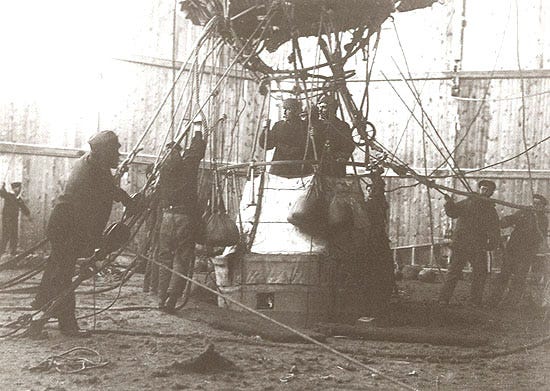
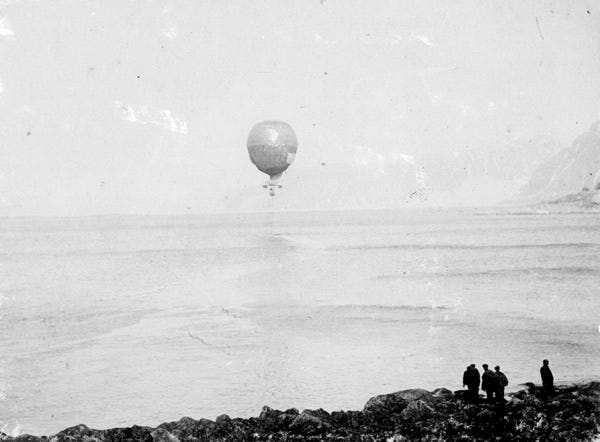
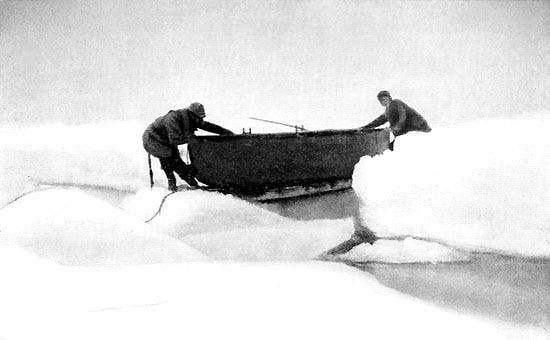

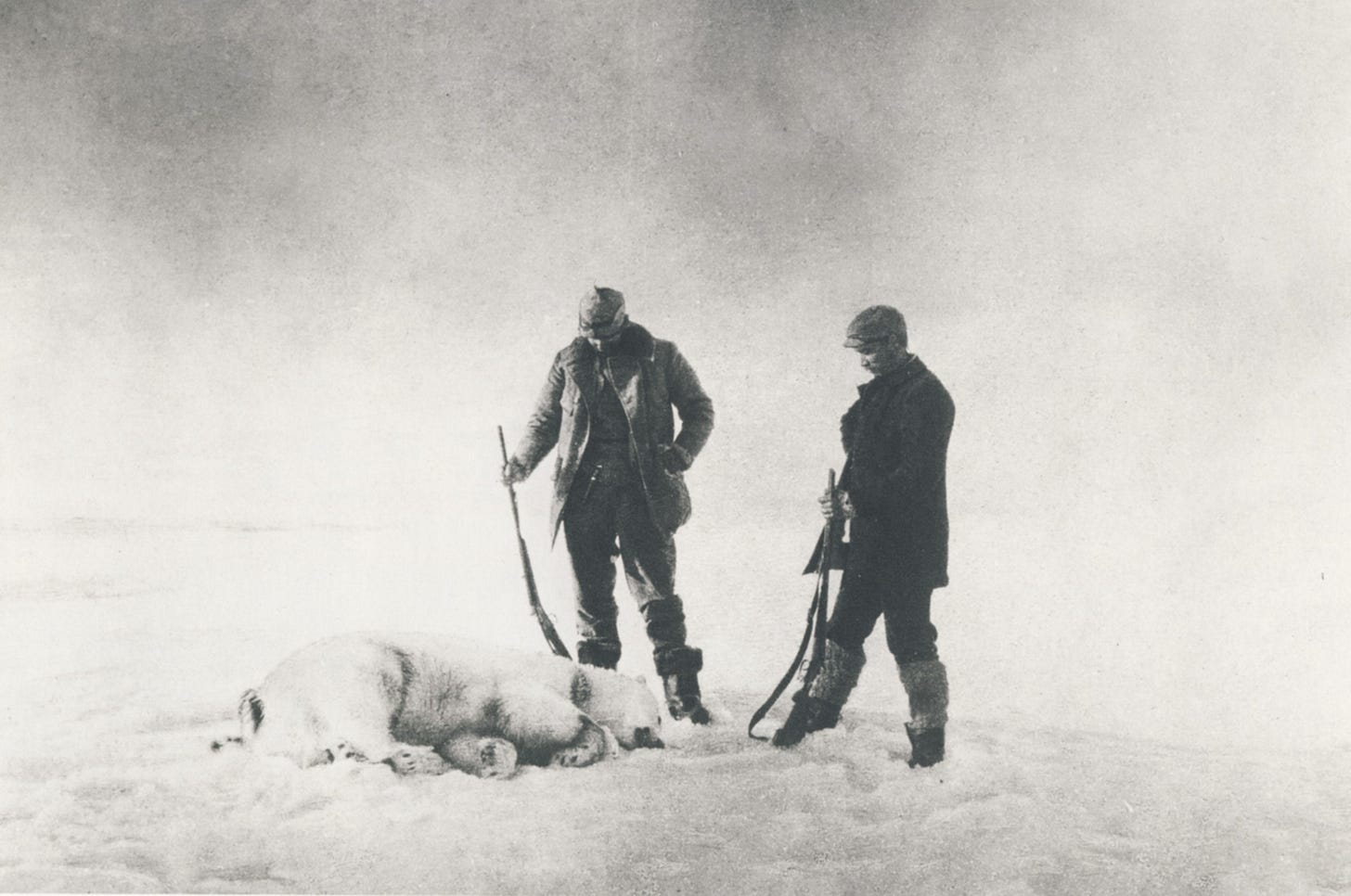
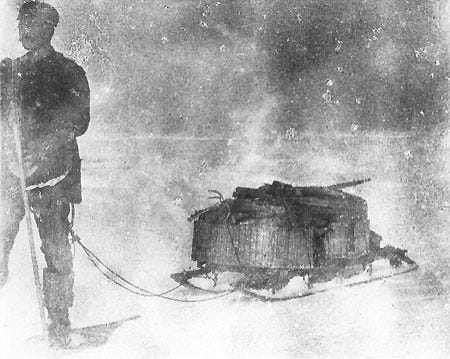
I can’t answer your poll, because I find it’s one of those riddles without a solution. Would I try anything like what they did? Certainty not. Does that make them stupid, or even reckless? Not sure... There’s a sort of recklessness that, on another level, you can see was necessary.
You’re poll sent me on a etymology dig into the word “stupid.” The root word stupid, comes from the Latin verb stupere, for being numb or astonished. Imagining these men in their frigid and vast landscape, both “numb” and astonished seem quite appropriate!